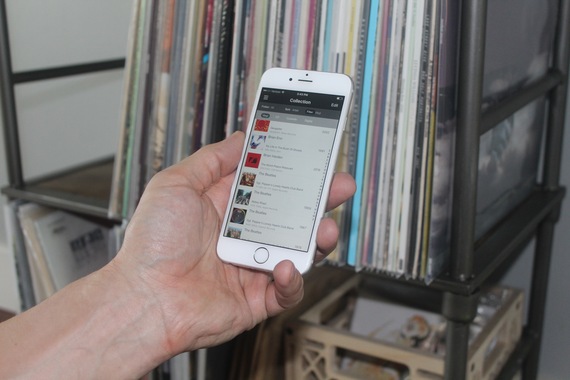Le Forum De Discogs
Recorded at 'Horizons', Stowe, Vermont with Le Mobile Studio If Le Mobile Studio is like Le Mobile (2) - I wonder if they just parked it in Stowe, Vermont where they could see the horizon! Best webcams for mac. The parenthesis make me think its a joke of some kind. 569 Followers, 7 Following, 392 Posts - See Instagram photos and videos from Le Forum de Christophe Willem (@forum.christophewillem).
• Conversations about music and Discogs. • 29243 threads • 88 recent • 219 active users • Talk about the Discogs Database, guidelines, and submissions.
Some of you make changes and make the discussions but they know absolutely nothing in the records. Columbia 'Magic Notes' was a trademark and it appears on many shellacs in 1920s and 1930s. Some of you make changes and make the discussions but they know absolutely nothing in the records. Columbia 'Magic Notes' was a trademark and it appears on many shellacs in 1920s and 1930s. We would like to show you a description here but the site won’t allow us.
Subforums: • 82361 threads • 349 recent • 408 active users • Discuss buying, selling, and browsing on the Marketplace. Subforums: • 19135 threads • 55 recent • 171 active users • Discuss App features and ask general app questions. Subforums: • 735 threads • 14 recent • 17 active users • Report bugs and discuss Discogs' development. • 7923 threads • 15 recent • 30 active users • Talk about the Discogs API and your API builds. • 1603 threads • 2 recent • 2 active users.

Paris - Les Halles The market of the Little Fields [ ] In the eleventh century, a market grew up by a cemetery to the northwest of Paris in an area called the Little Fields ( Champeaux). This was mainly a dry goods and money changing market. A bishop briefly took control of the market before sharing control with Louis VI in 1137. In 1183, Philip Augustus took full control of the market and built two market halls - halles - to protect the textiles.
He also built walls around the market, including land which had recently been confiscated from exiled Jews. When he then built walls around the city, these embraced the market, which quickly became the city's largest (and, over time, went from being at the edge of the city to at its center).
Officially, it would remain a dry goods market for centuries, but food stalls soon grew up around the main buildings and by the fifteenth century food prices at les Halles were being cited as significant for the whole city. The market would have ups and downs over the coming centuries and was rebuilt more than once. Over time, an increasing number of halls were built explicitly for food, but the dry goods market remained central to the (increasingly cramped) space.
The wholesale market [ ] The was constructed in the 16th century. The circular (Corn Exchange), designed by, was built between 1763 and 1769 at the west end of Les Halles. Its circular central court was later covered with a dome, and it was converted into the in 1889. In the 1850s, designed the famous glass and iron structure which would house les Halles for over a century and became one of the sights of Paris; this would last until the 1970s.
Now entirely a food market, the remodeled market was known as the 'Belly of Paris', as called it in his novel, which is set in the busy marketplace of the 19th century. Major conversion [ ]. Rue Pierre Lescot outside of the Forum des Halles Unable to compete in the new market economy and in need of massive repairs, the colourful ambience once associated with the bustling area of merchant stalls disappeared in 1971, when Les Halles was dismantled; the wholesale market was relocated to the suburb of. Two of the glass and cast iron market pavilions were dismantled and re-erected elsewhere; one in the Paris suburb of, the other in, Japan.
The site was to become the point of convergence of the, a network of new express underground lines which was completed in the 1960s. Three lines leading out of the city to the south, east and west were to be extended and connected in a new underground station. For several years, the site of the markets was an enormous open pit, nicknamed 'le trou des Halles' ( trou = hole), regarded as an at the foot of the historic. Construction was completed in 1977 on, Paris's new urban railway hub.
The Forum des Halles, a partially underground multiple story commercial and shopping center, opened at the east end of the site in 1979 and remains there today. A public garden covering four hectares opened in 1986. Many of the surrounding streets were pedestrianized. Paris Les Halles [ ]. • Les Halles, the new heart of Paris • Des Racines des Alles: 'Le nouveau coeur de Paris', 12 March 2015 • ^. Paris Digest.